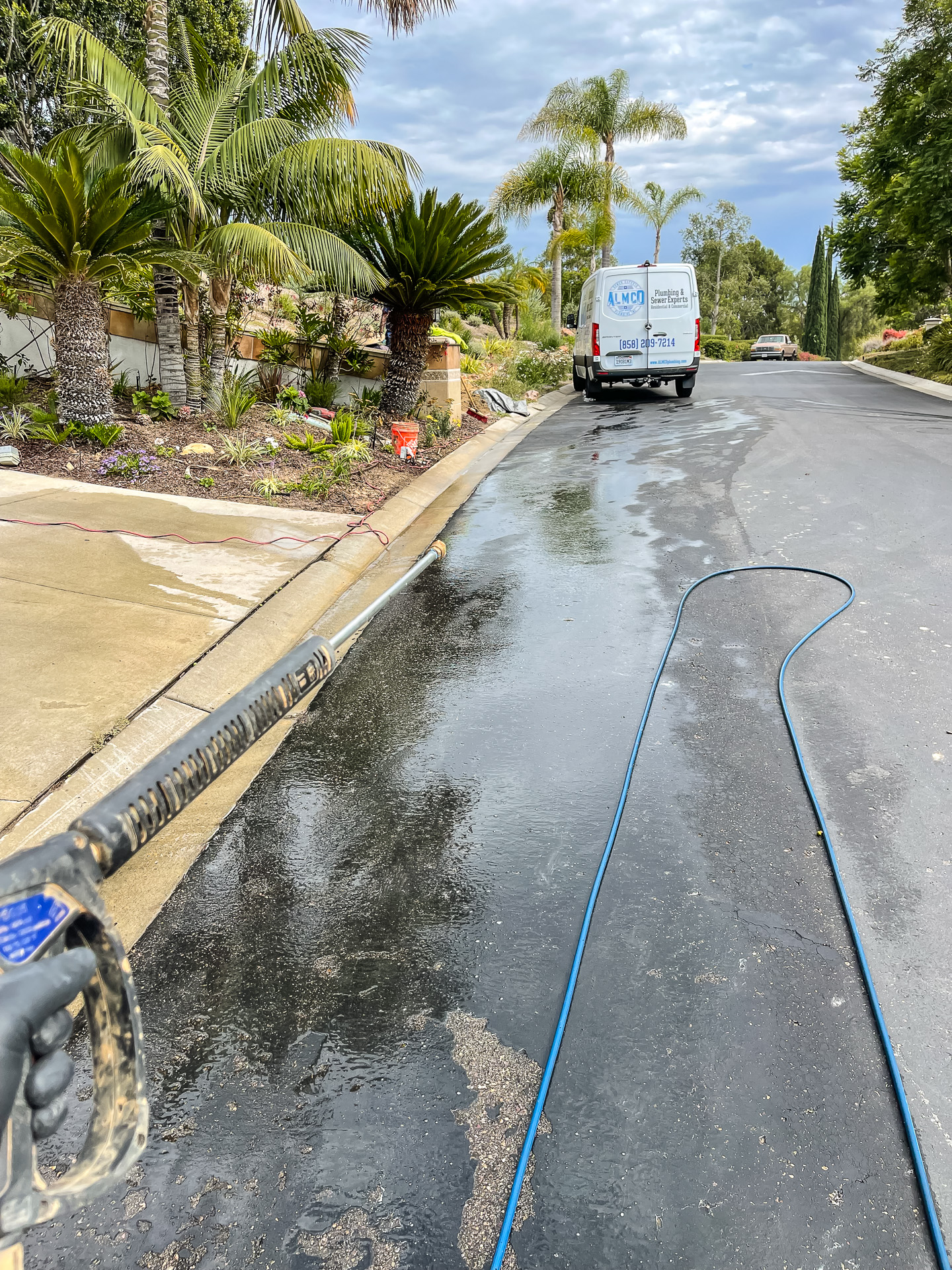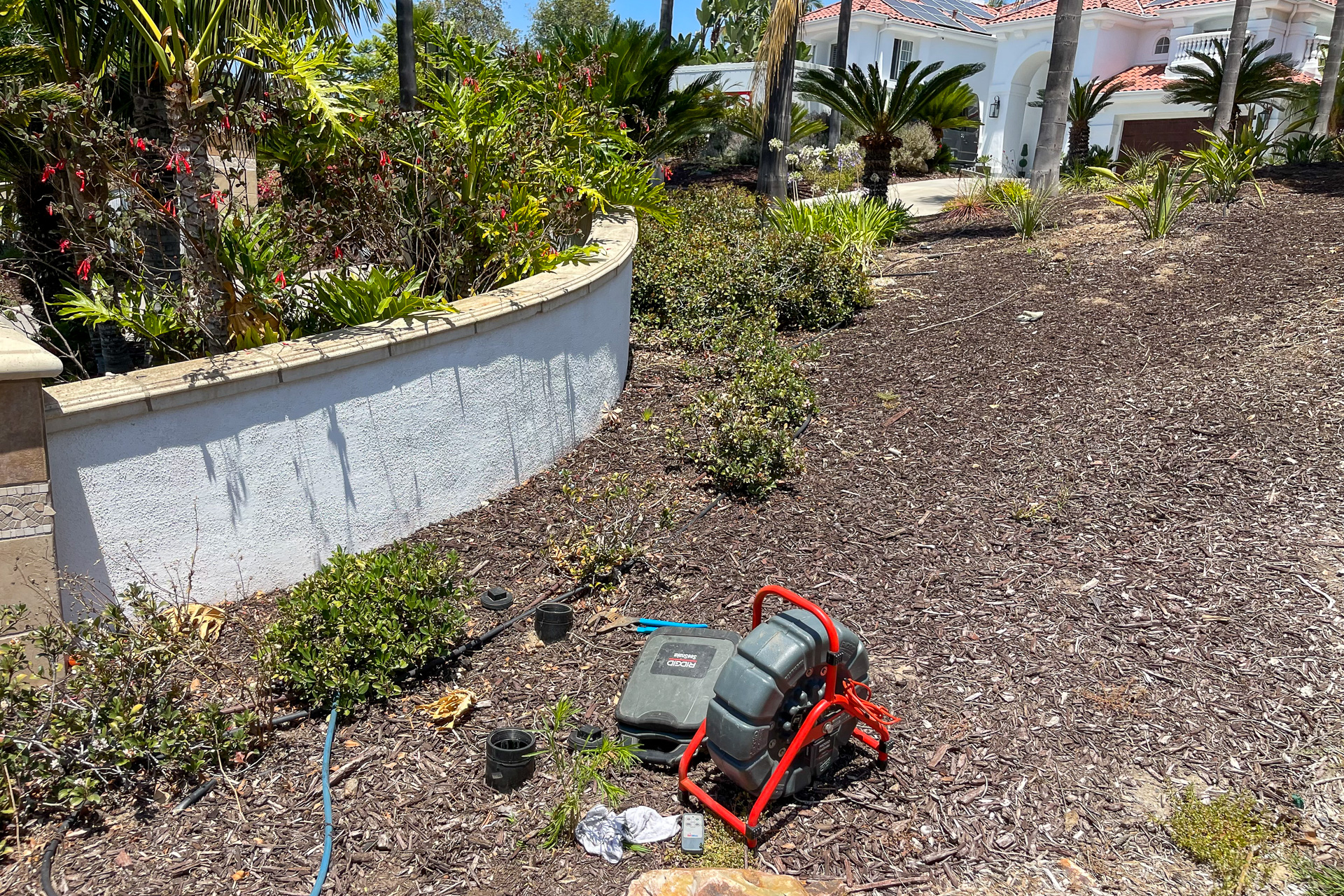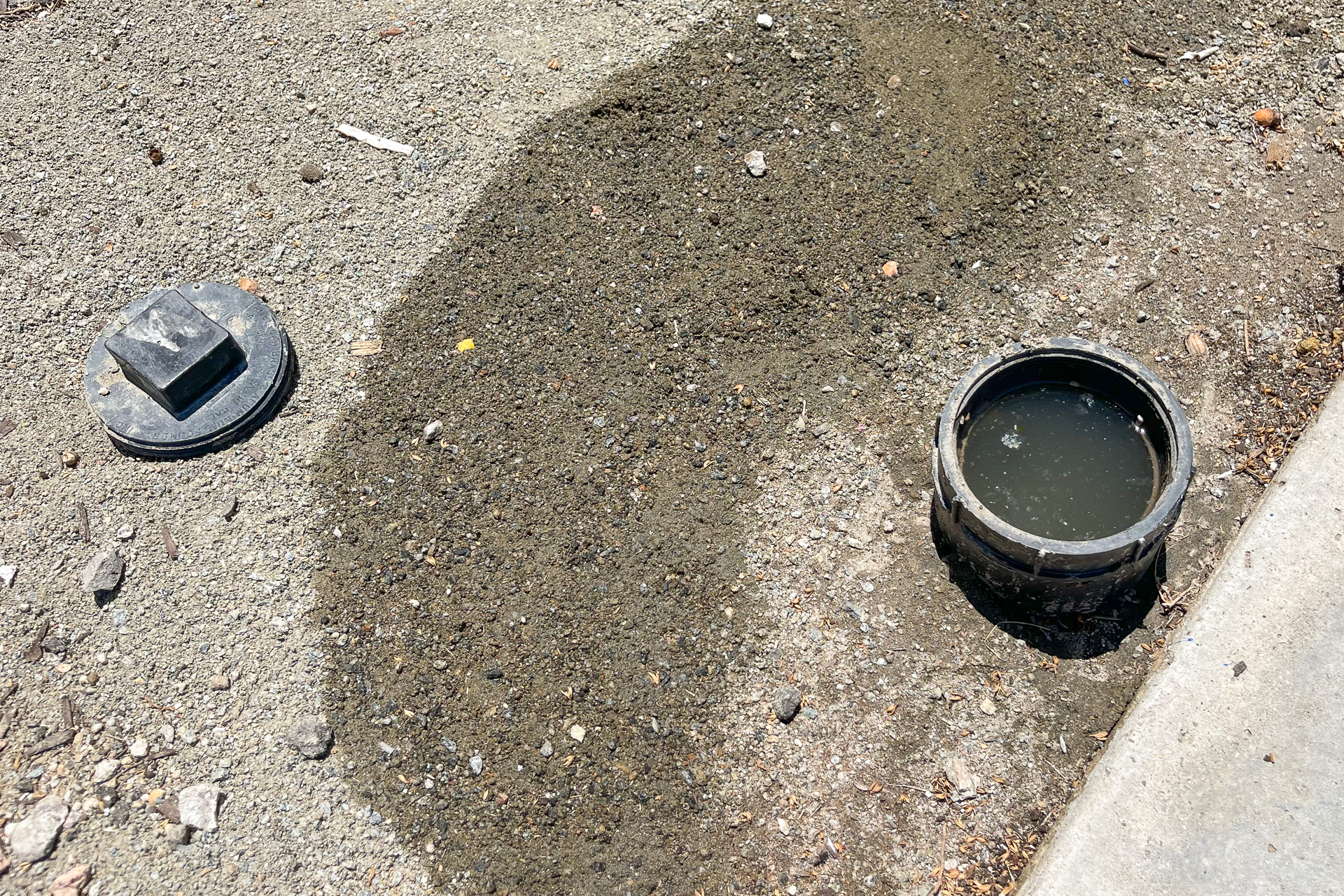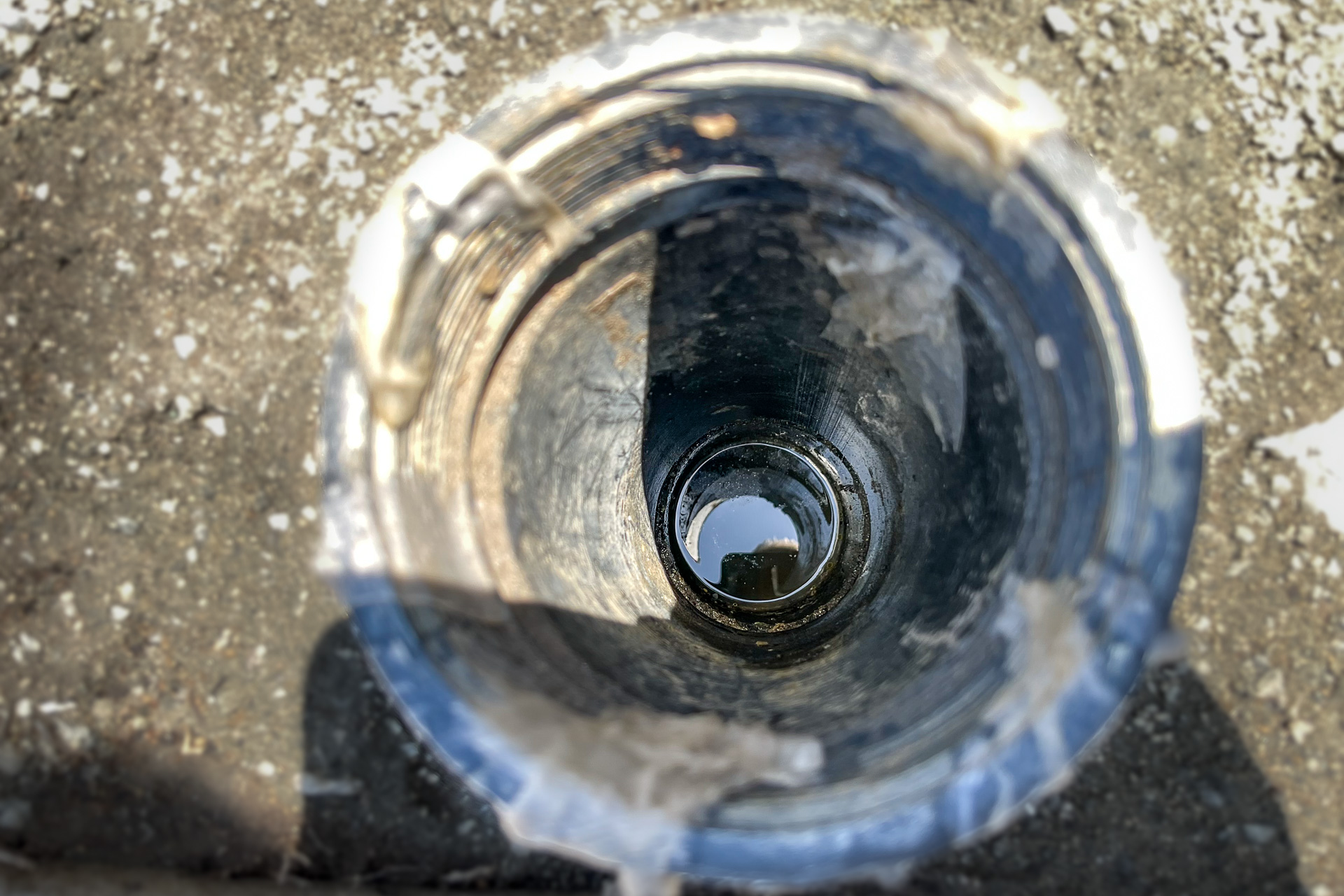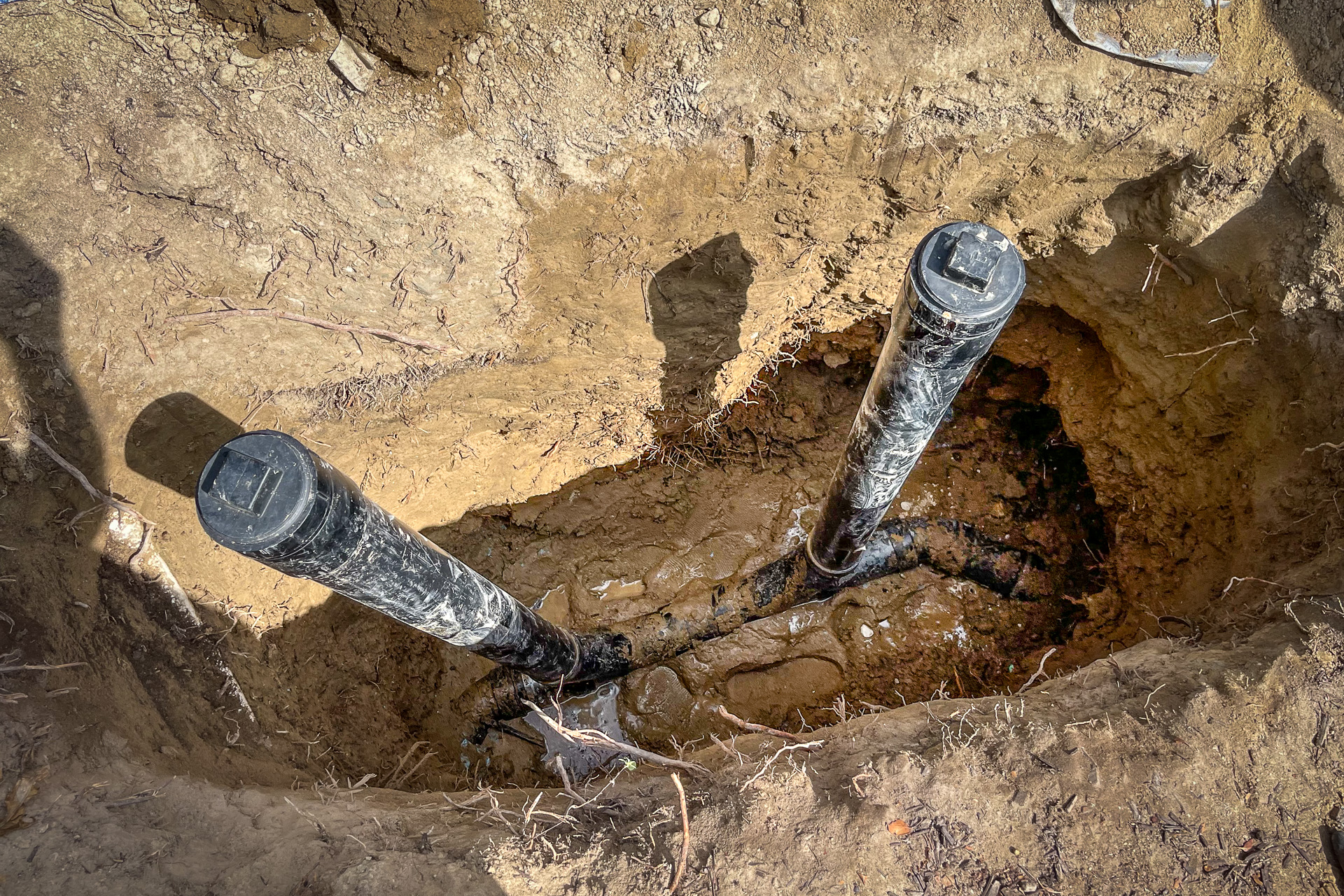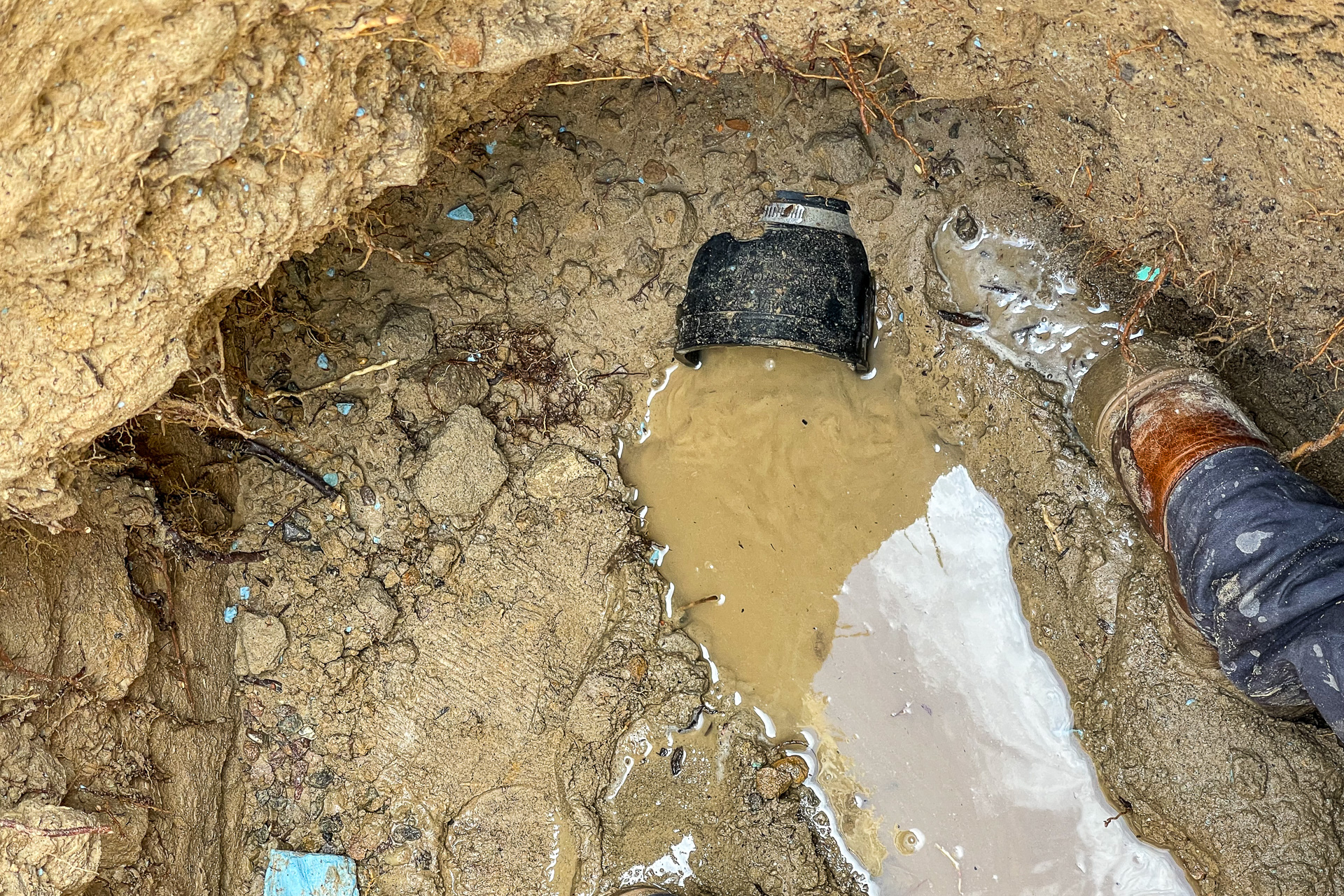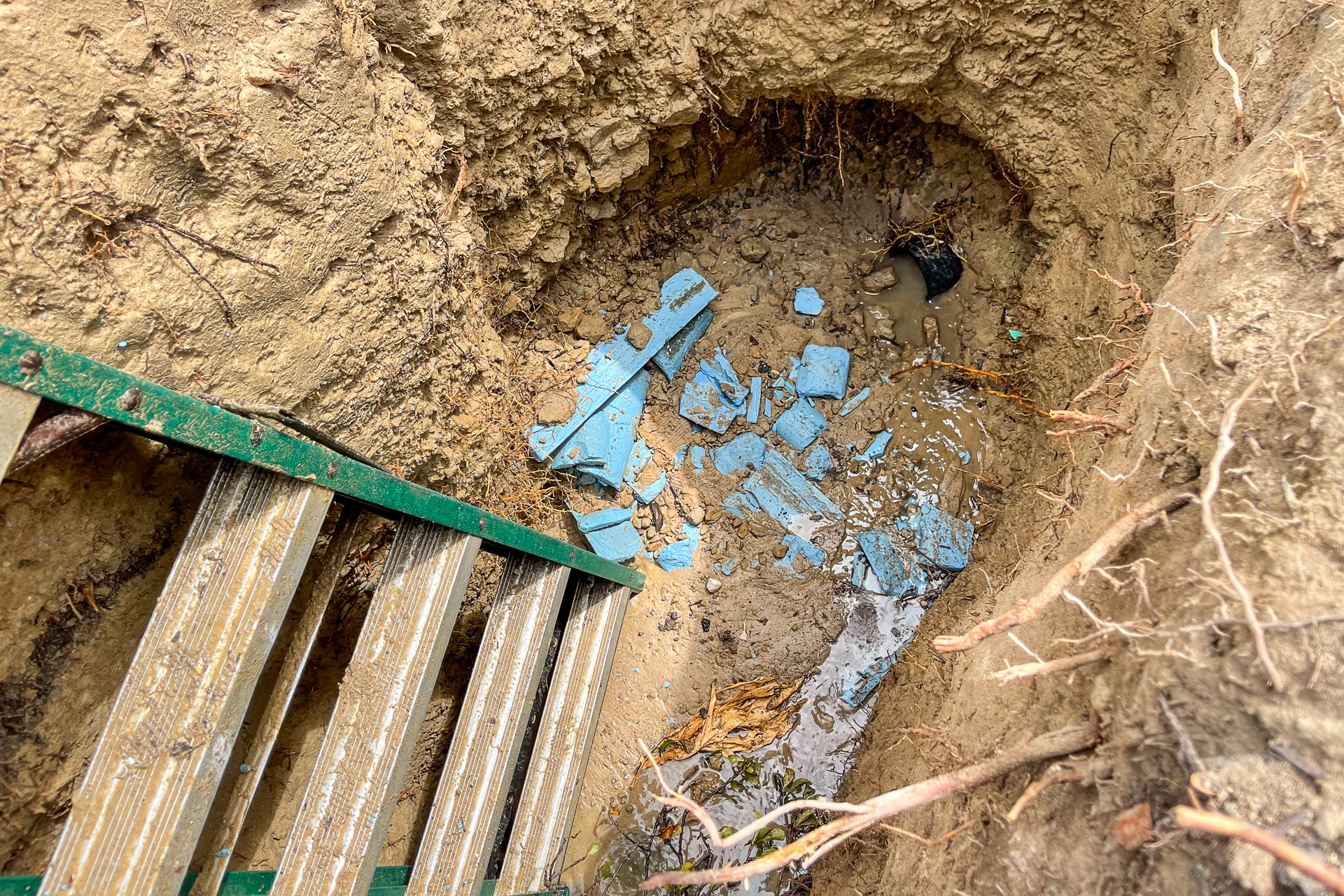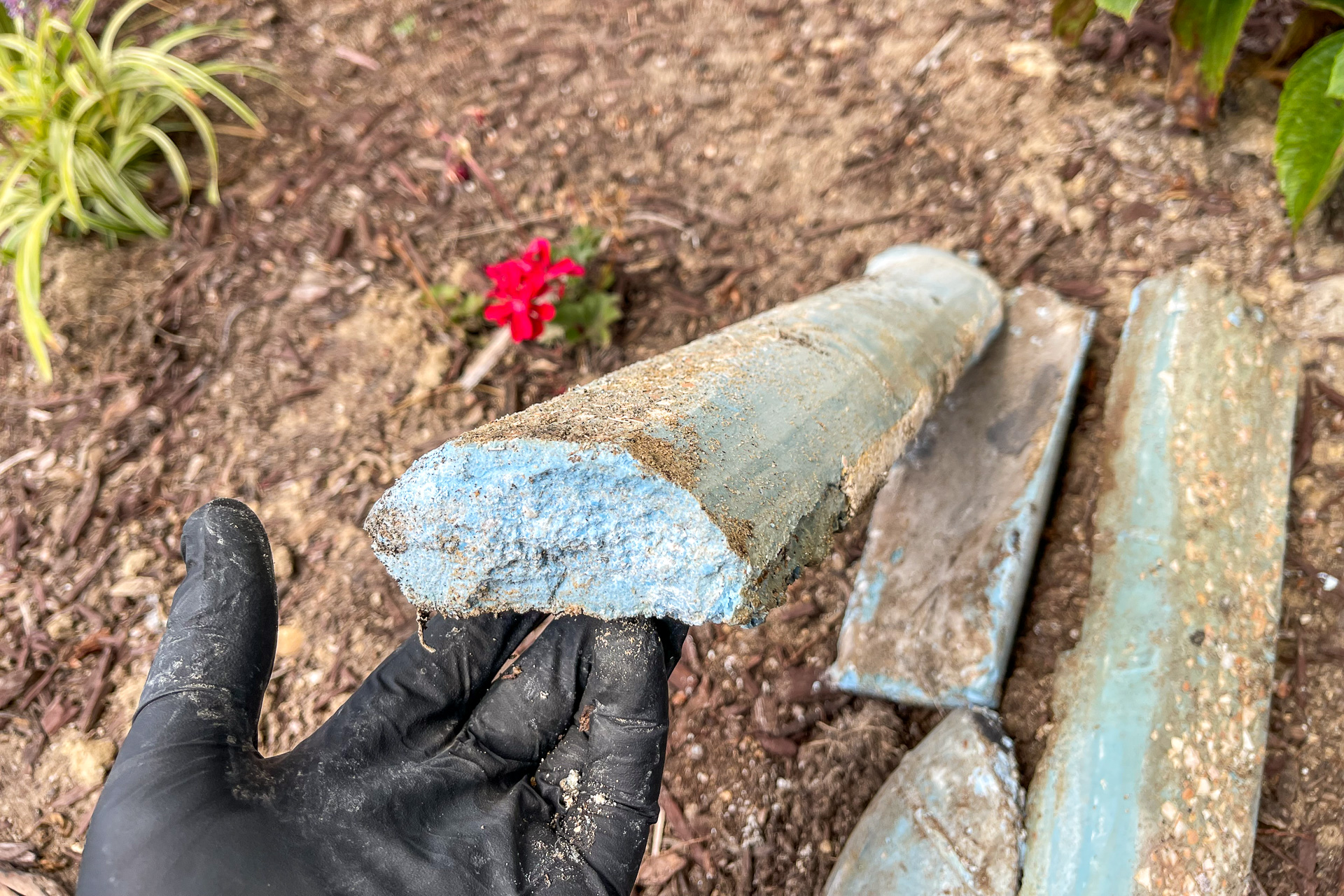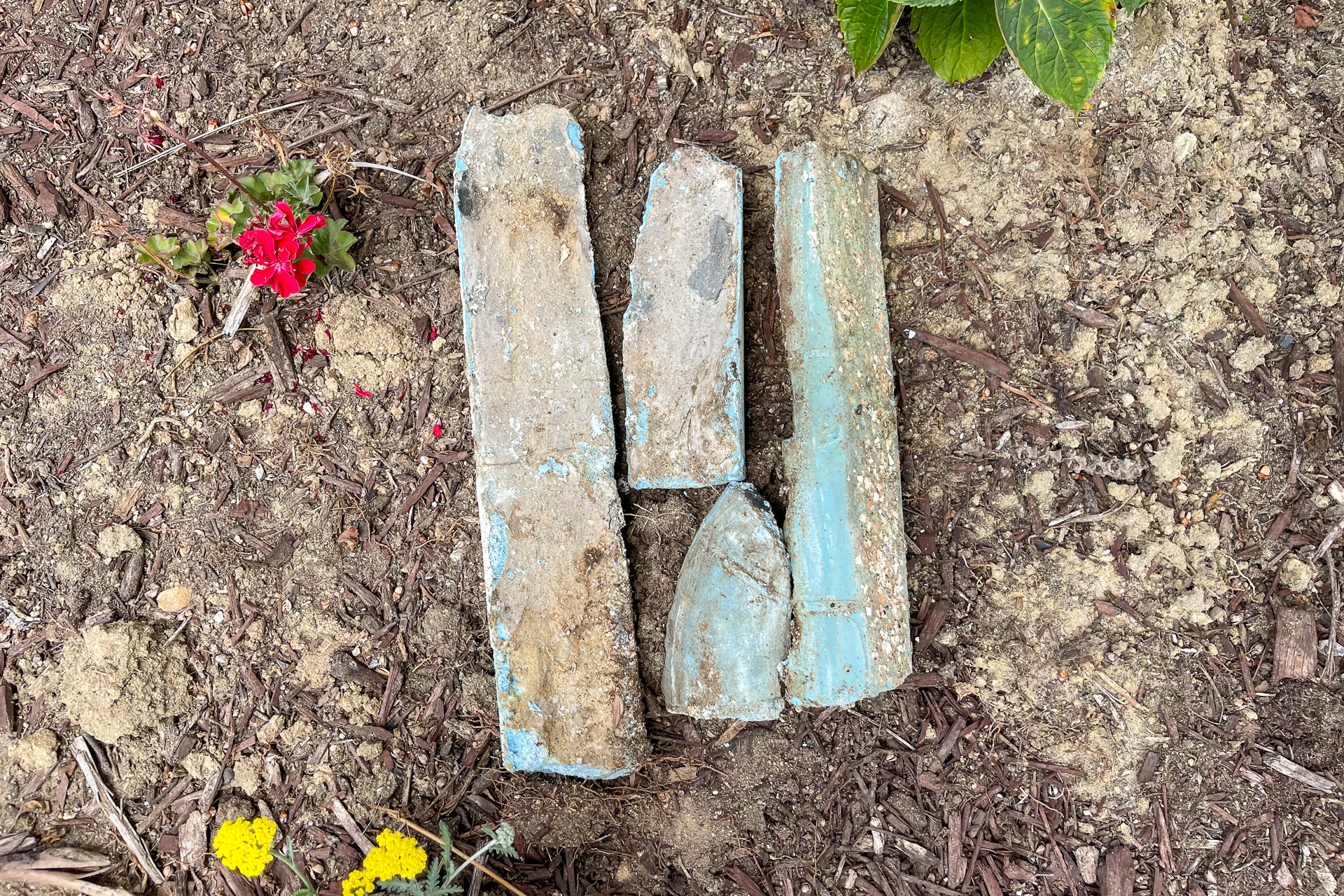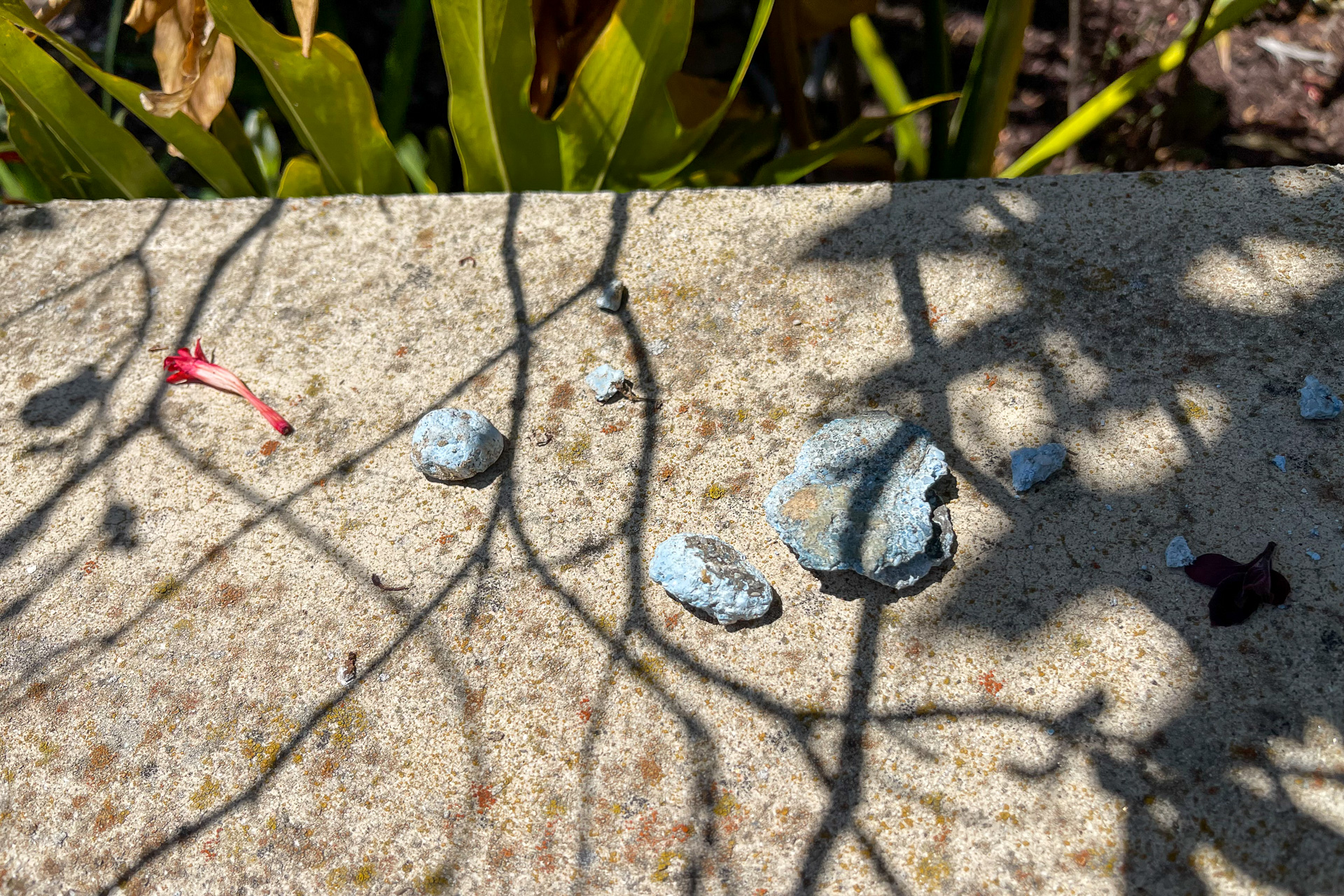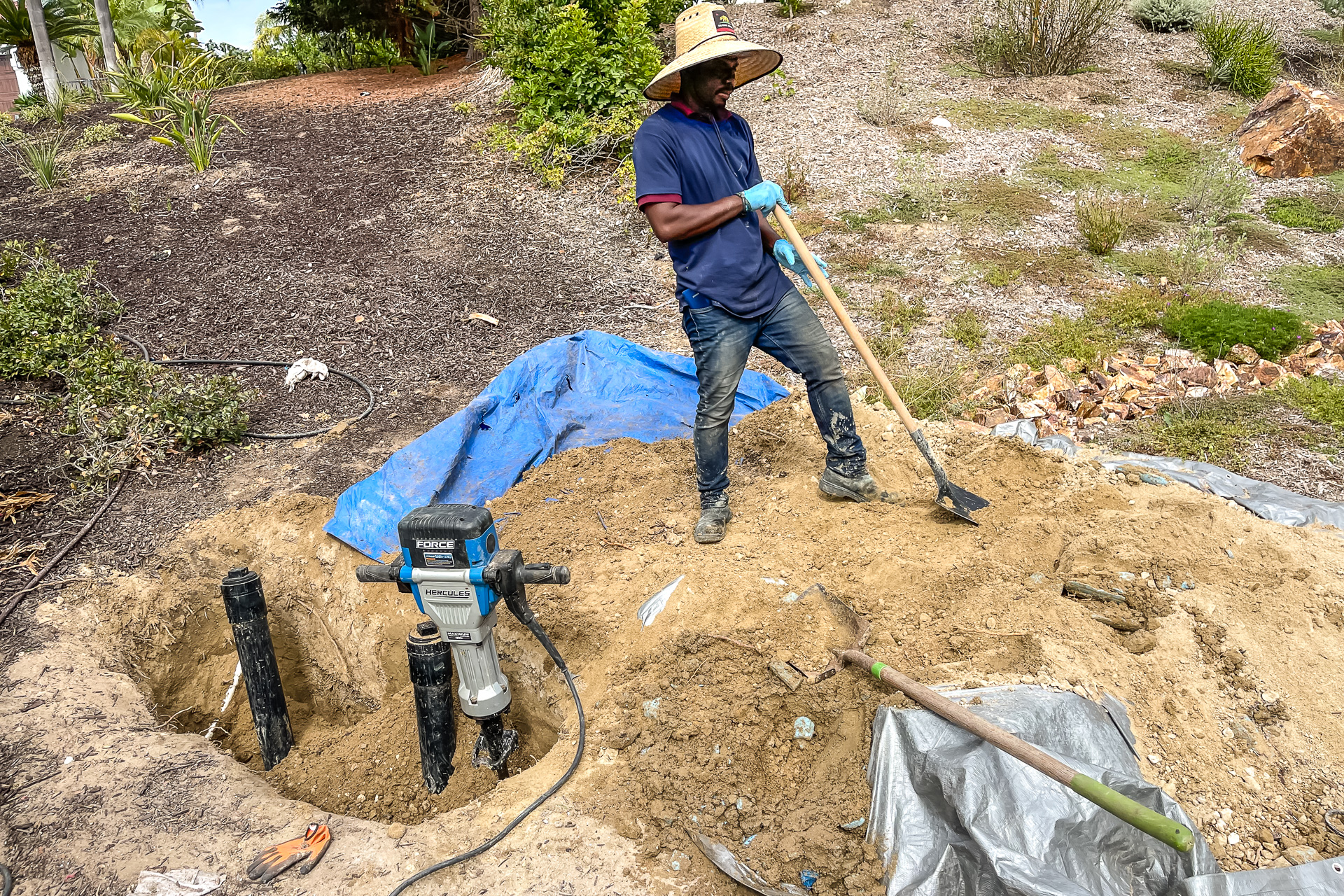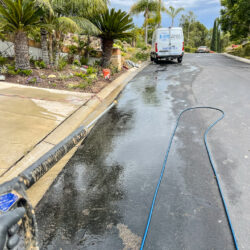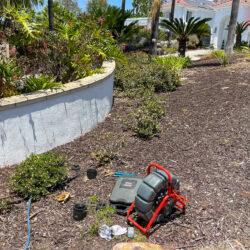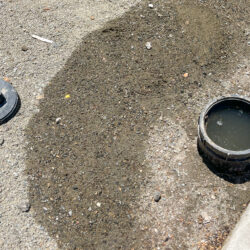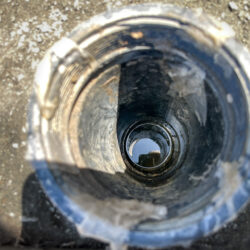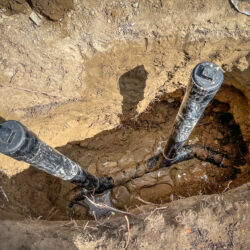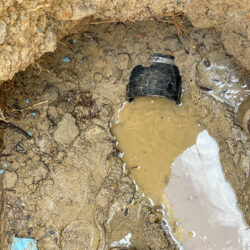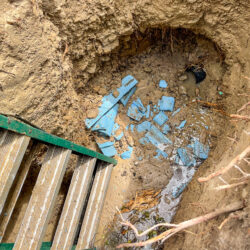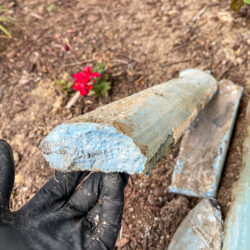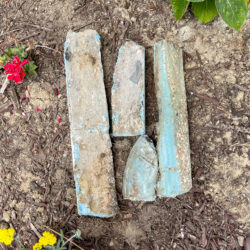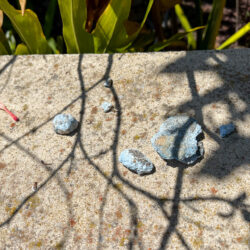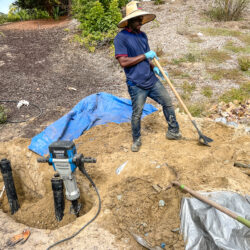How the Almco Plumbing Team Rescued an Entire Home’s Sewer System After Poor Workmanship by Previous Contractors
Plumbing isn’t just about fixing small leaks—it’s also about taking on complex, technically demanding projects that require experience, specialized equipment, and creative problem-solving. One such case involved clearing a severe blockage in the drainage system of a private home’s pool. This project illustrates why it’s so important to call trusted professionals like Almco Plumbing from the start—to save not only your money but your peace of mind.
Contents
Technologies & Services
Customer’s Problem: A Clogged Main Sewer Line Uncovered a Much Bigger Issue
The owner of a beautiful estate reached out to Almco Plumbing after experiencing a major sewer blockage affecting the entire home. During the initial consultation, we learned that a different contractor had recently resurfaced and painted the pool.
Using CCTV inspection equipment through the property’s access cleanouts, we conducted a full diagnostic of the sewer and pool drain lines. The inspection revealed a significant obstruction composed of pool finishing materials and paint—identical in color to the newly refinished pool. These materials had hardened into a dense, stone-like mass that was blocking approximately two-thirds of the pipe’s diameter, preventing wastewater from reaching the municipal sewer system.
Given the extent of the blockage, we determined that excavation around the service cleanouts was necessary, followed by hydro jetting using a high-pressure water system rated at 5,000 PSI and 17 gallons per minute.
Preparation & Hydro Jetting Process
- Before excavation, we laid out heavy-duty tarps to hold the excavated soil. This simple step greatly speeds up post-project cleanup and reduces overall labor time.
- We then carefully hand-dug a trench about 5 to 6 feet deep and removed a section of the sewer line containing the cleanouts. Manual excavation was chosen to avoid damaging existing sewer pipes or nearby utility lines.
- Once we had direct access to the drainpipe, the full scope of the problem became clear. Inside the line were compacted chunks of plaster measuring 2 to 3 feet in length and weighing around 10 pounds each—almost completely sealing off the home’s sewer outlet.
- We connected our hydro jetting system and inserted flexible hoses equipped with specialty nozzles into the pipe. The team began clearing the blockage, flushing out plaster residue, paint, and various sizes of concrete debris. This confirmed our decision to remove the pipe segment with the cleanouts beforehand—it gave us precise access and made cleaning far more efficient.
- Once the initial section was cleared, we repeated the process along the line leading to the main sewer. In total, the cleanup and repair took just over three hours. Thanks to our modern equipment, we avoided full pipe replacement and traditional labor-intensive cleaning methods.
- After the hydro jetting was complete, a second CCTV inspection confirmed that the sewer system was fully restored and functional. We then reinstalled the cleanouts using ABS or PVC glue at all joints, ensuring a secure seal.
- The trench was backfilled in compacted layers using a pneumatic tamping tool to prevent future settling and eliminate air pockets in the soil.
Expert Insight: What Caused the Pool Drain Blockage
Based on our findings, it’s likely that the previous contractors failed to properly seal the pool’s drainage outlets during the resurfacing process. As a result, plaster, paint, and other construction debris entered the system. Once inside, the materials collected in pipe bends, adhered to the inner walls, and caused severe buildup.
As the flow rate decreased, more and more debris accumulated—eventually stopping all outflow from the home’s sewer to the municipal system.
Important: When doing pool repairs or renovations, always ensure drain openings are tightly sealed to prevent debris from entering the plumbing. Never pour paint, cement, or sand into a drain. These materials will harden, cause blockages, and lead to expensive repairs.
